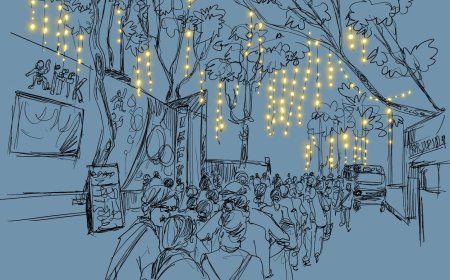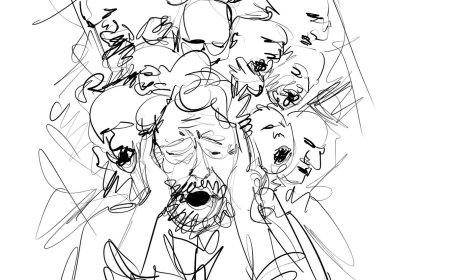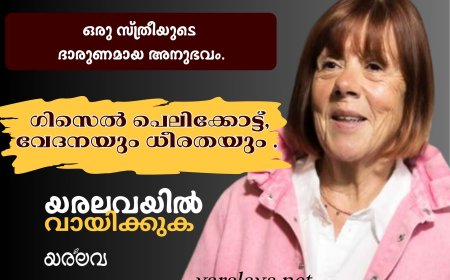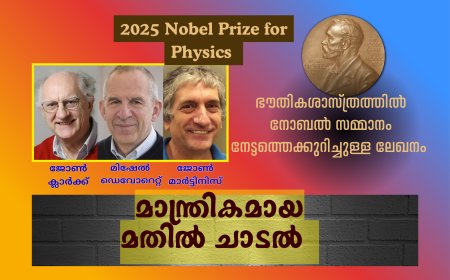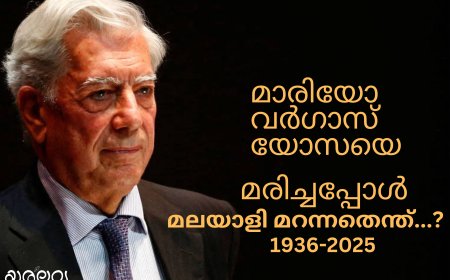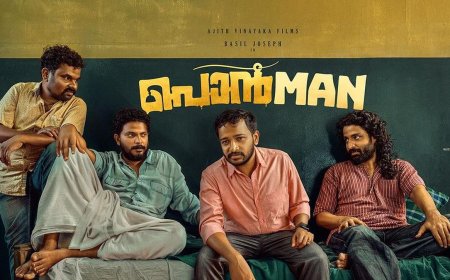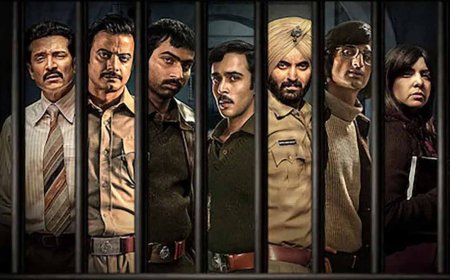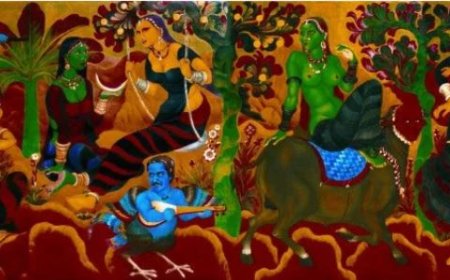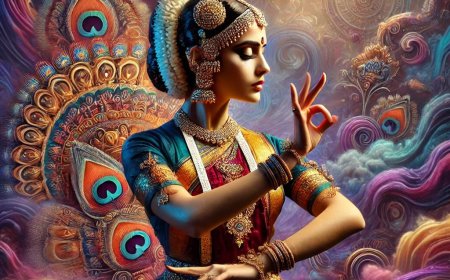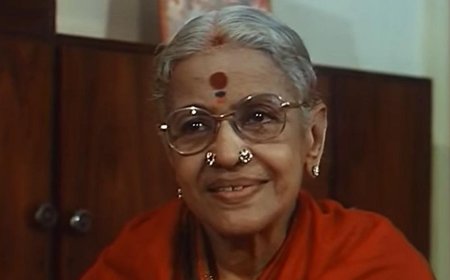All We Imagine as Light: Phantasms of Absence
All We Imagine as Light: Phantasms of Absence
(some quick thoughts versed in facebook)
The figure of the absent husband in All We Imagine as Light carries multiple levels of signification (the process by which a sign or symbol generates meaning), embodying political, geopolitical, philosophical, historical and sociological meanings, each intricately woven into the film’s narrative to evoke a complex interplay of ideas and emotions.
The absent husband in the narrative can be interpreted as the embodiment of an impossible ideal that structures Prabha's desire. His absence does not simply signify a missing physical presence; it operates as the constitutive void around which her fantasies and identity are organized. The husband becomes a phantasmatic object—a presence defined by its very absence, sustaining her sense of longing and moral uprightness. Prabha’s yearning for her husband is not about the real man but about the fantasy of what he represents: stability, marital fulfilment, and societal validation. His absence intensifies this fantasy, allowing her to construct an idealized version of him that remains untainted by reality. The rice cooker from Germany, sent anonymously, extends this fantasy—an object that links her to the imagined life her husband represents but does not actually fulfil her longing. The only moment she connects with the rice cooker is when she drags and positions it between her legs and leans her face over it, evoking its symbolic association with the phallus. This act of ambiguous sexual intimacy with an object believed to be sent by her missing husband becomes a pivotal moment of realization. It underscores the interplay of lack and desire that shapes and mediates her everyday existence.
The husband's absence functions as a structuring presence in Prabha's life. It allows her to maintain her identity as a dutiful wife and morally upright individual. The void he leaves is not just a gap but a productive emptiness, shaping her choices and interactions, such as her rejection of Manoj’s advances. This absence also creates a barrier that protects Prabha from confronting the potential disappointment of a real relationship with her husband. His absence ensures that he remains an idealized figure rather than a flawed human being. When Prabha projects her husband onto the drowning man, it is a moment of confronting the limits of her fantasy. The imagined apology from her husband allows her to experience catharsis and acknowledge the betrayal and abandonment she has long avoided addressing.
However, by ultimately rejecting this imagined reconciliation, she disrupts the fantasy, breaking free from the illusion that her happiness and identity depend on his presence or approval. By the end of the film, Prabha’s gesture of inviting Shiaz to the group represents a reordering of her world. She steps outside the rigid framework imposed by her fantasy of the absent husband and embraces a more open and inclusive view of relationships and life. This act signifies a shift from clinging to an impossible ideal to accepting the complexity and imperfection of reality, marking her liberation from the structure of her desire. The absent husband was not just a missing person but a structural necessity for Prabha's fantasy of herself as the devoted and morally upright wife. His absence allowed her to maintain this idealized self-image while avoiding the messy realities of an actual relationship. The narrative ultimately forces her to confront the emptiness of this fantasy and embrace a more grounded, autonomous existence. What stands out most about the frames is the claustrophobic depiction of their life in Mumbai. It is from within this confinement that the women discover and nurture their expanses through a delicate friendship. Each woman experiences her own cathartic release. Among them, Anu’s relationship with Shiaz serves as the pivotal fulcrum that catalyses Prabha’s transformation by confronting her desire and lack. The fruition of Anu’s relationship ultimately resolves Prabha’s fantasy, in a profound act of sisterhood. This bond transcends patriarchal divisions, echoing the ideals proposed by womanist theorists such as Alice Walker, who celebrated solidarity and healing among women as a means to overcome systemic oppression.
The absent husband in the narrative thus act as a central point around which meaning, identity, and desire are structured. The husband is not so much a person but a placeholder—a signifier that organizes Prabha's relationship with herself, others, and the societal expectations of marriage and morality. The husband functions as a crucial signifier in Prabha’s life, representing notions of marital duty, fidelity, and idealized partnership. However, his absence renders him an empty signifier, a symbol with no real substance behind it. His physical absence enables Prabha to project her fantasies and ideals onto him, imbuing the signifier of “husband” with a meaning that sustains her identity as a devoted and upright wife. Desire in the film is not directed toward the real, physical husband but toward the figurative construct he represents. The absence of the real husband amplifies the signifier’s power, allowing Prabha to avoid confronting his possible shortcomings or the hollowness of their relationship. The rice cooker from Germany becomes an extension of this signifier, reinforcing the fantasy of a connection with him while highlighting its superficiality. It is an object that gestures toward the promise of a life that remains unattainable. When Prabha imagines the drowning man as her husband, it represents a moment where the gap between the signifier (the husband as an ideal) and the real (the flawed and absent partner) is confronted. The man’s apology and her rejection of him mark a critical moment where the fantasy collapses, and she confronts the empty nature of the signifier. By rejecting this imagined reconciliation, Prabha disassociates herself from the symbolic construct of the ideal wife tied to the absent husband and begins to redefine her identity independently of this signifier. Prabha’s imaginative resurrection and subsequent rejection of her absent husband serves as a cathartic act, allowing her to confront and release the emotional weight of her longing, disillusionment, and idealized fantasies. This act is transformative, enabling her to reclaim her autonomy and redefine her sense of self.
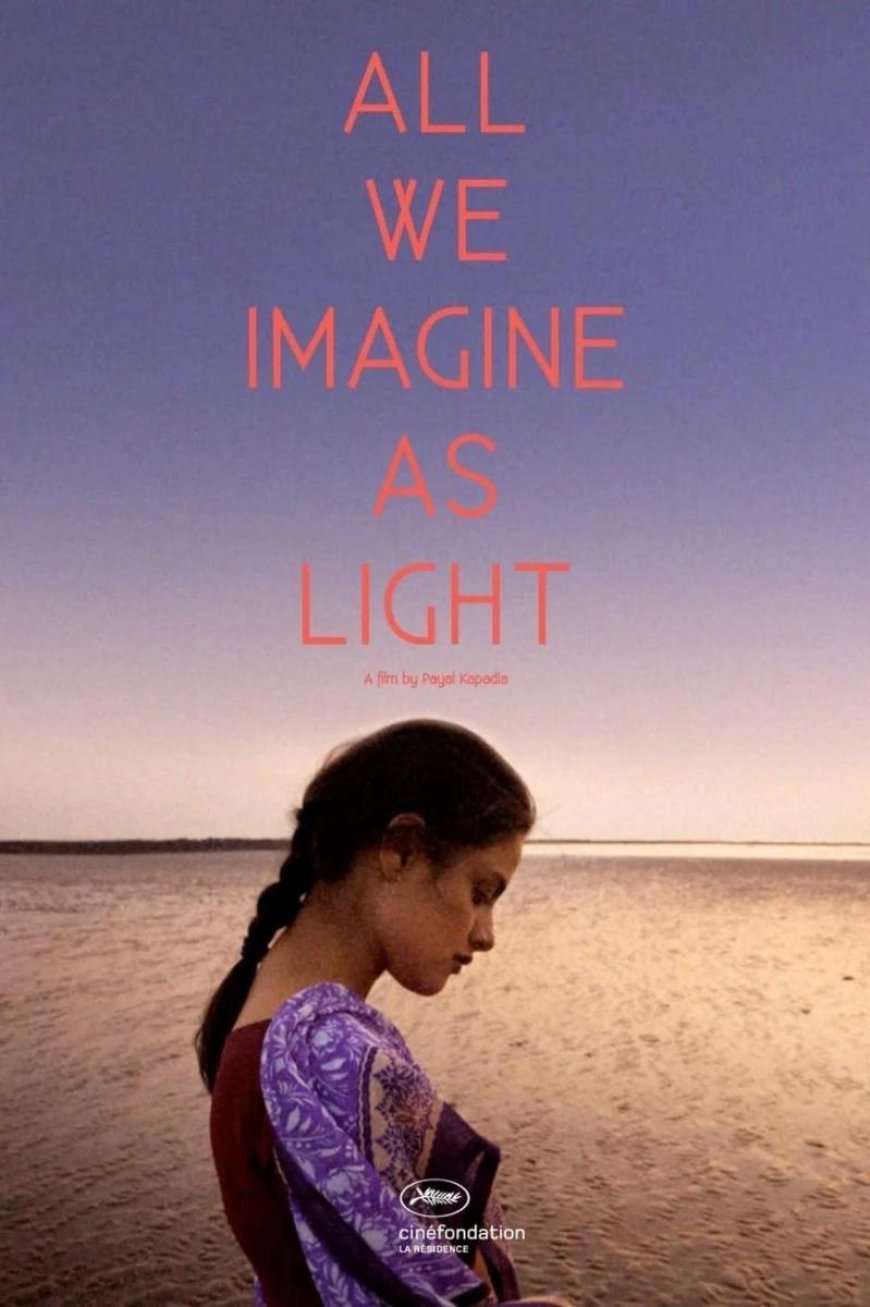
The film suggests a significant shift in the way Kerala women are represented, moving beyond the traditional theoretical frameworks of desire and lack. Historically, much of the discourse around women in patriarchal societies, including Kerala, has conceptualized them as subjects defined by their longing—whether for absent husbands, unfulfilled emotional connections, or societal validation. This framework of desire and lack, while useful for analysing historical and sociological contexts, often positioned women in passive roles, their identities structured around what was missing or denied.
In the film, however, the protagonist Prabha disrupts this narrative. While her longing for her absent husband initially aligns with the trope of desire and lack, the progression of the story reframes her experience. The imagined reconciliation with her husband serves as an encounter with this historical narrative of incompleteness. By rejecting his apology and asserting her autonomy, Prabha not only confronts her perceived lack but transcends it. Her final act of embracing broader connections, including her acceptance of Anu's lover, reflects a movement toward self-representation that is no longer anchored in absence or longing. This philosophical shift aligns with a broader redefinition of identity. Kerala women, as represented in the film, are not merely subjects of external forces but active agents navigating complexities with resilience. The film’s depiction suggests a new paradigm where women are no longer defined by lack but by their capacity for self-renewal, autonomy, and the reclamation of agency in a world that once confined them to narratives of dependence and longing.
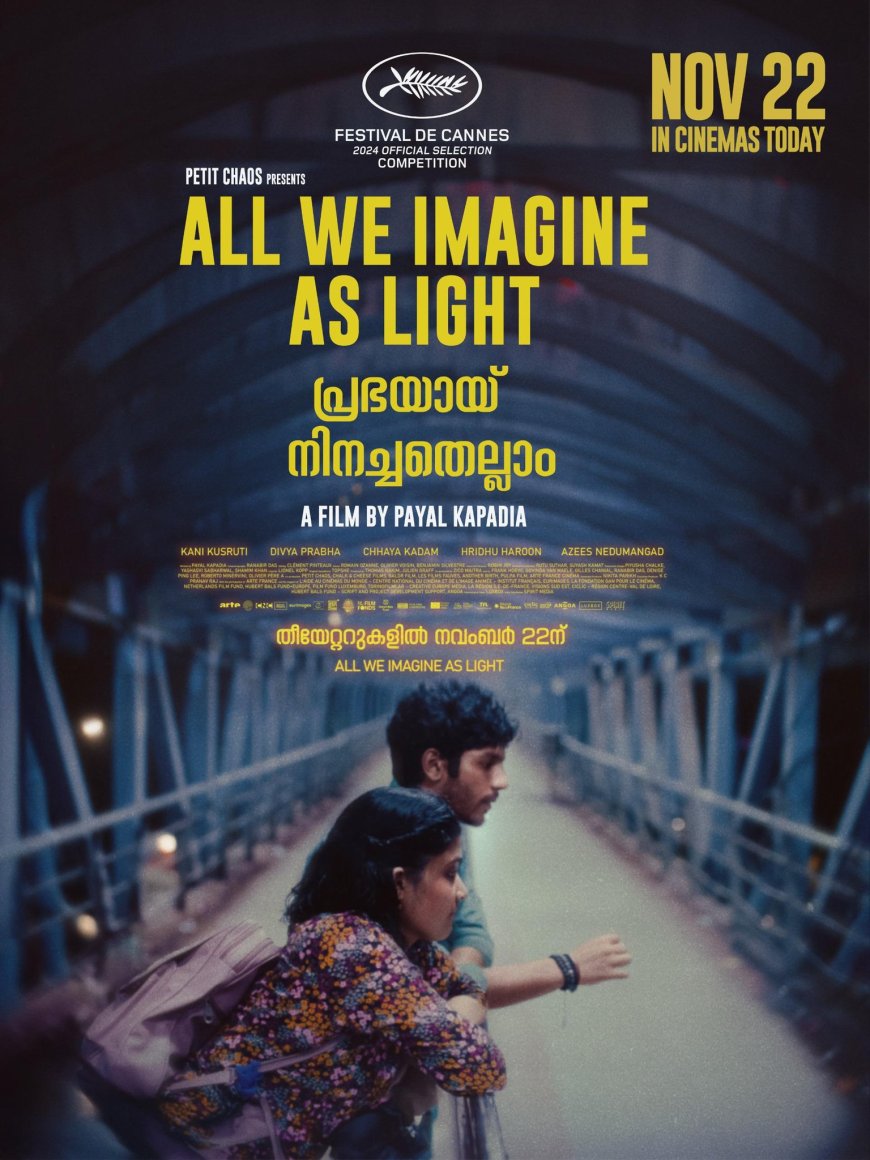
The final scene, where Prabha invites Shiaz to join the group, indicates her movement beyond the rigid structure imposed by the signifier of the husband. It reflects her rejection of the restrictive frameworks of morality and societal judgment, embracing a more fluid and inclusive symbolic order. This act disrupts the hierarchical arrangement of signifiers (husband as the ultimate authority in defining her identity) and opens up possibilities for alternative forms of connection and meaning. The absent husband operates as a powerful signifier around which Prabha’s sense of self and ethical reflections are organized. His absence allows the signifier to remain potent, filled with projected meanings and fantasies. However, as the narrative unfolds, Prabha’s confrontation with the empty nature of this signifier leads to a transformative redefinition of her desires and identity. The film ultimately critiques the hold of such signifiers on individual lives, suggesting the possibility of liberation through a reconfiguration of symbolic meaning. The absent husband in the film is thus not merely a missing person but an absent signifier—a structural necessity for Prabha’s fantasy of herself as a devoted and morally upright wife. His absence enables her to sustain this idealized self-image while avoiding the complexities of an actual relationship. The narrative eventually compels her to confront the hollowness of this fantasy, leading her to embrace a more grounded and autonomous existence. Anu’s relationship with a Muslim man, Prabha’s imaginative rejection of her conjugal bond, and Parvathy’s decision to abandon the illusory capitalist dream of a better life in the city and return to her village serve as pivotal moments that articulate the film’s critique of religious and patriarchal conservatisms and neoliberal utopias. However, the most profound moment lies in Prabha’s ultimate annihilation of the absent husband after creatively resurrecting him in a cathartic act. This powerful gesture encapsulates the film’s central message, highlighting the new Kerala woman’s self-representation and reclaimed agency—brimming with hope and new possibilities.
What's Your Reaction?






